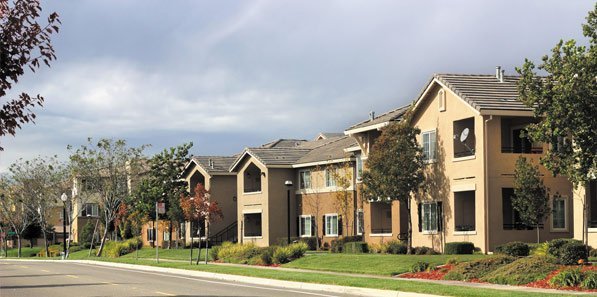If you had the vision, gall and wherewithal to purchase an apartment building after the Great Recession, you are likely delighted with that purchase. Omaha’s multifamily housing investors have been enjoying a strong market. While we cannot point to one single factor that has led to this robust market, high occupancies, continued rent growth, low and lower interest rates, high investor demand and lack of alternative investments have all provided fuel.
In addition to real estate fundamentals, societal changes have also had influence. For Millennials, owning a house is no longer perceived as a great investment or the rite of passage it once was. Millennials are not making a long term commitment to any one place, person or job, creating more housing transition than in previous times. In addition, more people of all ages have an increased desire to dodge yard maintenance, snow removal and home repair. Moreover, demand to live in urban areas with nearby access to major employers, restaurants, entertainment, hospitals, colleges and mass public transit is desired – and apartment living is often an answer.
The national and local multifamily markets have been very hot for several years. Some larger markets are downright sizzling. Industry stakeholders are debating whether we are nearing the bottom of the ninth inning or if we have yet to hit the seventh inning stretch. So, are we at the end of a cycle and now looking at a recession in the multifamily sector?
According to Glenn Mueller, Ph.D., from Dividend Capital Research, a recession phase or end to any sector cycle includes: massive oversupply and negative demand growth, loss of market share if rental rates are not competitive, lowering of rents to capture tenants if only to cover fixed expenses and low or nonexistent market liquidity. The cycle reaches bottom as new construction ceases or as demand growth turns up and begins to grow at rates higher than that of new supply added to the marketplace.
Nationally, 2015 had the largest number of constructed units in the United States since 1989, according to the National Multifamily Housing Council (NMHC). Yet, occupancy stayed high. According to CoStar, in 2015, investors poured more than $150 billion into apartment buildings, which exceeded 2014 by 16 percent, the previous high watermark. Institutional buyers and foreign capital made for much of the volume.
Locally, in 2015, the Omaha Metro had 1,295 permits which were down about 20 percent in comparison to 2013 and 2014 (1,605 and 1,650 permits, respectively). Midtown and Downtown have 15 projects under construction and the suburbs have eight projects, many of which are opening in multiple phases over several years. For sales volume, in 2015 the Omaha Metro had more than $163 million across 38 sales. This was an increase from $109 million in 2014, and $105 million in 2013.
So far in 2016, sales by number of transactions have been strong, but total dollar amount is down from 2015. 2016 has had more small sales. The largest was NewStreet Properties’ recent purchase of the Springs at Legacy Commons for $26.48 million that traded near a 6 percent cap. Private capital has been driving our market, which includes private equity groups and different family ownerships. Many institutional buyers still seem to steer clear of Omaha for reasons including: the assets tend to be relatively small, the difficulty in obtaining operating efficiencies as it can be a challenge to cobble together a large footprint, and the perception of lack of liquidity because multifamily properties do not trade with the same velocity as they do in larger markets.
In conclusion, the Omaha market has been hovering around a healthy 95% to 96% occupancy for almost five years. With the exception of some pockets, we do not appear to be bringing on too much supply. With continued population and economic growth, coupled with low interest rates, Omaha’s multifamily sector should stay resilient in the event of an economic downturn. With larger markets around the country on fire, such as Denver, we are seeing investors priced out of those markets chasing yield in stabilized or value-add properties here. Omaha’s valuations are high and capitalization rates are compressed compared to years past, but the institutional money and foreign flight capital continues to pursue the primary markets, leaving Omaha with higher yields in comparison.

This article appeared in our quarterly newsletter from September of 2016. The full newsletter is available at http://files.investorsomaha.com/download/online_newsletter_9-2016.pdf

